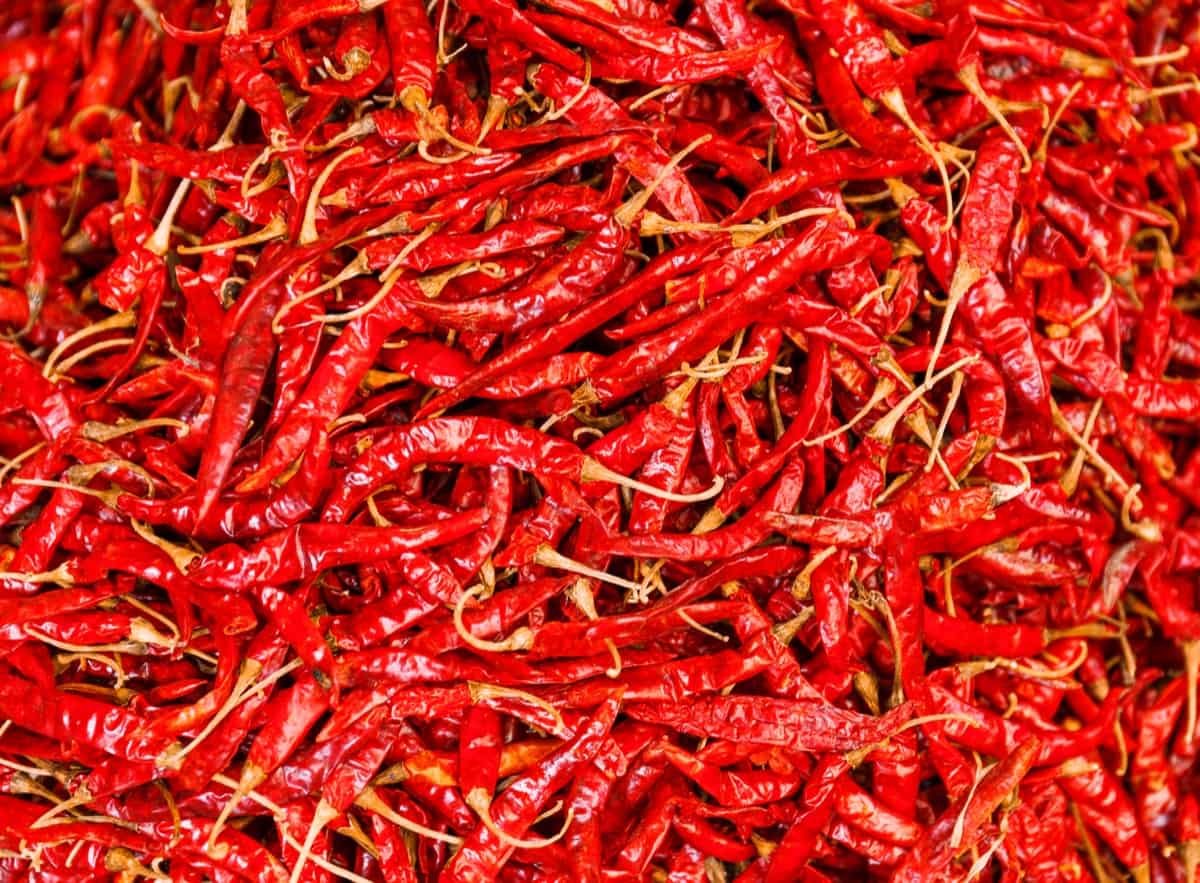Understanding Red Chilli Losses: Causes and Solutions
Red chilli peppers, known for their vibrant color and intense heat, are a staple in cuisines around the world. However, despite their popularity, the cultivation and distribution of red chillies come with significant challenges. One of the most pressing issues faced by farmers and traders is the loss of red chillies throughout their production and supply chain. These losses not only affect the economic viability of chilli farming but also impact food security and market stability. This article delves into the causes of red chilli losses and explores potential solutions to mitigate them.
Causes of Red Chilli Losses
Pest and Disease InfestationRed chillies are highly susceptible to a variety of pests and diseases, including aphids, spider mites, and fungal infections like powdery mildew. These infestations can lead to reduced yields and poor-quality produce. Pests and diseases often result in significant post-harvest losses if not effectively managed.
Improper Harvesting TechniquesHarvesting red chillies at the wrong stage of maturity can lead to losses. Immature chillies may not develop their full flavor or color, while overripe chillies are more prone to spoilage. Moreover, improper handling during harvesting can cause physical damage to the peppers, making them more susceptible to rot and decay.
Post-Harvest Management IssuesAfter harvest, red chillies require careful handling, sorting, and storage to maintain their quality. Inadequate drying methods, poor storage conditions, and lack of proper packaging can lead to significant losses. For instance, high humidity during storage can promote mold growth, while improper drying can result in uneven moisture levels.
Transportation ChallengesRed chillies are often transported over long distances from farms to markets. During transportation, they can be exposed to adverse conditions such as extreme temperatures and physical damage. Inadequate packaging and handling during transit can exacerbate these issues, leading to losses.
Market Fluctuations and Pricing IssuesMarket dynamics, such as fluctuations in demand and prices, can also contribute to red chilli losses. When prices are low, farmers may be forced to sell their produce at a loss or even discard it if it is not economically viable to harvest or transport.
Solutions to Mitigate Red Chilli Losses
Integrated Pest Management (IPM)Adopting an integrated pest management approach can help reduce losses due to pests and diseases. IPM combines biological, cultural, and chemical control methods to manage pest populations effectively. Regular monitoring and timely interventions can help prevent severe infestations.
Improved Harvesting TechniquesTraining farmers on the optimal time for harvesting and proper techniques can reduce losses. Utilizing tools and methods that minimize physical damage to the chillies can also help maintain quality. For instance, using gloves or padded containers during harvest can prevent bruising.
Enhanced Post-Harvest PracticesInvesting in better post-harvest infrastructure, such as modern drying facilities and climate-controlled storage, can significantly reduce losses. Implementing proper sorting and grading procedures ensures that only the best quality chillies reach the market. Additionally, research into effective packaging solutions can help protect the chillies during storage and transportation.
Efficient Transportation SolutionsImproving transportation infrastructure and practices can reduce losses during transit. This includes using appropriate packaging materials that protect the chillies from damage and controlling temperature and humidity levels during transport. Efficient logistics and timely distribution can also help minimize losses.
Market Support and Price StabilizationSupporting farmers through fair pricing mechanisms and market stabilization measures can help reduce economic losses. Government policies and market interventions can play a crucial role in ensuring that farmers receive a fair return for their produce, even during periods of price fluctuations.
Conclusion
Red chilli losses present a significant challenge to the global supply chain, affecting both producers and consumers. By addressing the various causes of these losses through integrated pest management, improved harvesting and post-harvest practices, better transportation solutions, and market support, it is possible to mitigate their impact and enhance the overall efficiency of red chili production. As the demand for red chillies continues to grow, investing in solutions to reduce losses will be essential for ensuring a stable and sustainable supply of this beloved spice.
